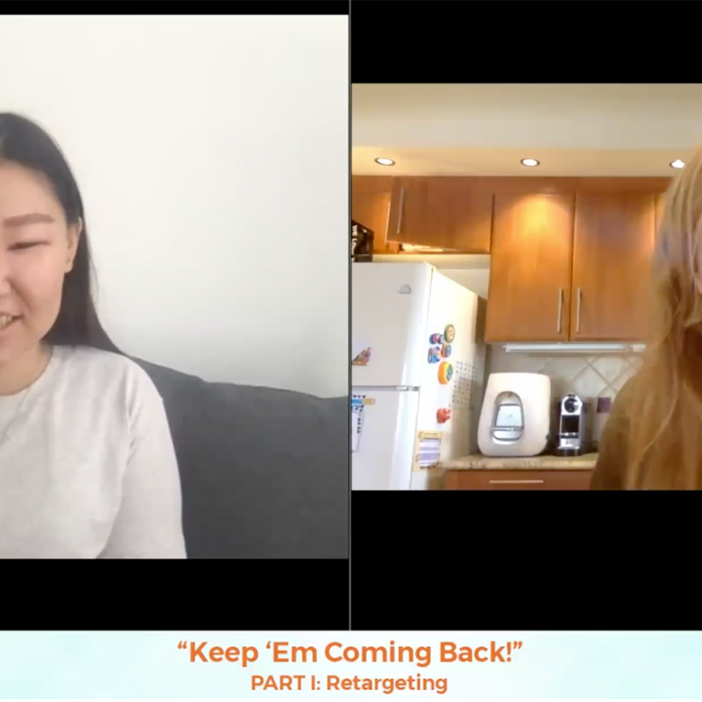At this point, it’s clear retention marketing is a must. Studies have shown that the cost to acquire a user is 5-10x more expensive than the cost to re-engage a user. Even the most addictive apps see users churn. For example, for shopping apps, over 75% of users churn after Day 1.
User churn rates are much lower for mobile games, which shows 17% of users still active by Day 7. That said, games invest the least of any vertical in retargeting. Mobile games drive an average of 3% of users back to their apps via retargeting, showing the bulk of ad spend focuses on user acquisition.
This leaves game marketers (and all marketers) with a clear call to action to implement retention-focused marketing campaigns that maximize LTV through retargeting and re-engagement.
YouAppi’s VP of Growth and Retargeting, Hilit Mioduser, sat down with Senior User Acquisition Manager, Elena Vinokurova, from Berlin-based mobile games developer, Wooga, one of the game developers already investing in retention-focused marketing strategies at App Growth Summit’s Virtual Summit Berlin. Wooga’s portfolio includes story-driven, hidden objects games such as June’s Journey and Pearl’s Peril.
Here’s a quick recap of their digital “fireside” chat outlining Wooga’s approach to retention.
1. Retargeting vs. Re-engagement?
“At Wooga we use retargeting as an umbrella term for all UA activities, either for returned or active users. So under that, we [define] re-engagement as all the UA activities used to reactivate users. So it might be a churn prediction or it might be to activate users to complete the next level...At Wooga, we mostly work with the lapsed, churned users at the moment.”
2. How do you determine the price per user?
“The price of the user really depends on the audience size and the audience segment: is it paying users, is it non-paying users? We never see that the price of retargeted users is higher than new users.”
3. How do you do your incremental lift analysis?
“We work with mostly lapsed users. We can see they’re lapsing if there’s an activity curve trending down, so for us, it’s around 14-30 days depending on the game...In order to get the uplift analysis, we always hold around 10% for a control group so we can compare the data versus the control group: as in, how do users who were exposed to the ad behave compared to users who were not?”
4. Do you see any difference in how users behave from social vs DSPs?
“Social vs. DSPs so far we haven’t seen much difference. Obviously, there are some new answers in terms of models of acquisition but in general if you can’t split your audience properly in order to avoid cannibalization it shouldn’t be a problem in terms of price or quality of users.”
5. Do you personalize your messaging for audiences you’re testing for lift?
“We [personalize] based on user behavior so let’s say it’s a user who previously paid inside of the game and was interested in a certain part of the game and our games are very story-driven so ...we’ll probably show an ad with a little bit of a story [promoting] what’s coming next or [new content that’s coming].”
6. What is the most important thing marketers should consider when doing a retargeting campaign?
“[Understand] your audience, use all the data you have, understand ...why users [stopped] being active inside of the game. Bring in the efforts of your data science and data engineering teams. It’s a team effort.”
AGS will be hosting virtual summits showcasing mobile experts and their insights throughout 2020 during Shelter in Place restrictions. To attend a virtual summit or learn more about App Growth Summit, visit their website.

